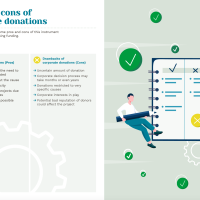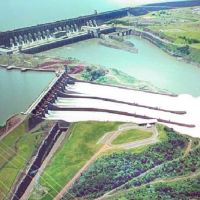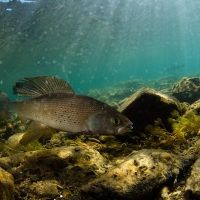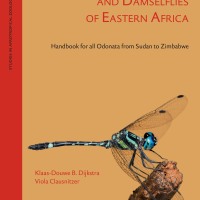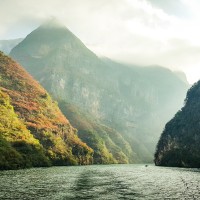The restoration of large woody debris rapidly increases degraded river biodiversity

The River Wensum in Norfolk, England – one of the rivers used to observe the effects of large woody debris restoration in this study. Image: Colinsd40 | Flickr Creative Commons
‘Large woody debris‘ – the trees, logs and sticks which fall into rivers and streams from woodland – can significantly shape the flow and shape of their channels, and the biodiversity habitat they provide.
Submerged logs and branches can create pools of deeper slower water which provides habitat and nursery areas for aquatic life, and can help reduce bank scouring and erosion. During floods, woody debris can bunch together to form temporary obstructions which help slow water flows downstream.
Whilst a natural part of the ecosystem, large woody debris is often missing from rivers and streams in Europe. Larger rivers are often cleared of woody debris to allow for boat navigation, and the clearance of riparian woodland along many rivers and streams significantly reduces the amount of woody material which can reach their channels.
The reintroduction of large woody debris is a common tool for river restoration schemes which aim to encourage biodiversity and natural flood protection. However, environmental managers have, as yet, been hindered by a lack of scientific evidence on the ecological effects of adding trees and logs to river and stream ecosystems.
A new study by Murray Thompson from the Centre for Environment, Fisheries and Aquaculture Science and colleagues provides valuable new insights to this knowledge gap. Writing in the Journal of Applied Ecology, Thompson and colleagues report on how the presence or absence of large woody debris influences aquatic species and food webs along five rivers in England.
The research team sampled at sites along five lowland rivers in south-east England – the Bure, Loddon, Lyde, Test and Wensum. Three stretches were sampled on each river: a ‘restored’ stretch where a large willow or alder tree was felled and tethered to the river bed; a ‘control’ stretch which resembled the ‘restored’ stretch before tree-felling; and a ‘target’ stretch which contained a substantial tree which had fallen three to five years earlier.
Using a ‘multiple before-after control-impact’ study design, the team carried out biological, physical and chemical surveys of the rivers in the months before and after the addition of large woody debris to the ‘restored’ stretches, which took place in autumn 2010.

Large woody debris on the Lippe River in Germany, where restoration management has doubled fish populations in under 20 years. Image: Benjamin Kupilas | REFORM
The research team found that populations of aquatic invertebrates and brown trout were higher in the restored and target stretches than in the control stretches. In other words, the presence of large woody debris caused rapid increases in invertebrate and brown trout abundance.
Brown trout abundance increased, but population biomass did not. Increased numbers of juvenile trout were found in both the restored and target stretches, suggesting that areas with large woody debris were used as refugia or nursery habitats.
Analysis of food webs in the five rivers suggested that biomass was increasingly distributed to higher trophic levels from so-called ‘basal resources’ – the primary producers (such as algae) and detritus (such as leaf litter) on the stream bed – to invertebrates and fish in the restored stretches.
The researchers suggest that this indicates that the restored stretch ecosystems were in transition, moving from control to target conditions, as biomass was redistributed across the food web.
Lead author Murray Thompson said, “Restoration of woody debris has been used to enhance in-river habitat throughout the world for over a century in tens of thousands of projects. Woody debris is increasingly used to reinstate natural processes, restore biodiversity and thus recover degraded river ecosystems. Yet, there is a striking lack of causal evidence to support this approach.
In the first experiment of its kind conducted across multiple rivers, we set out to test if, by felling trees in-river, biodiversity and food web metrics were restored relative to control (i.e. unrestored) and ‘target’ conditions where naturally fallen trees were already in place. We were able to demonstrate causal links between habitat restoration, biodiversity restoration and food-web responses.
For instance, elevated species richness in restored areas relative to controls was primarily driven by the repopulation of rare invertebrate taxa which also had many potential predators. We hope complementary approaches will be adopted in future studies, conducted across a range of restoration projects and river systems with extended temporal monitoring to better direct conservation efforts towards the most effective solutions”
The new study provides significant new evidence demonstrating that additions of large woody debris can help to restore human-impacted river ecosystems, by increasing invertebrate and fish populations and distributing food web biomass.
Thompson and colleagues suggest that the increases in biodiversity observed in the restored and target river stretches could mean that the addition of large woody debris to rivers may increase their ecological resilience to environmental stressors such as pollution and climate change in the future.





